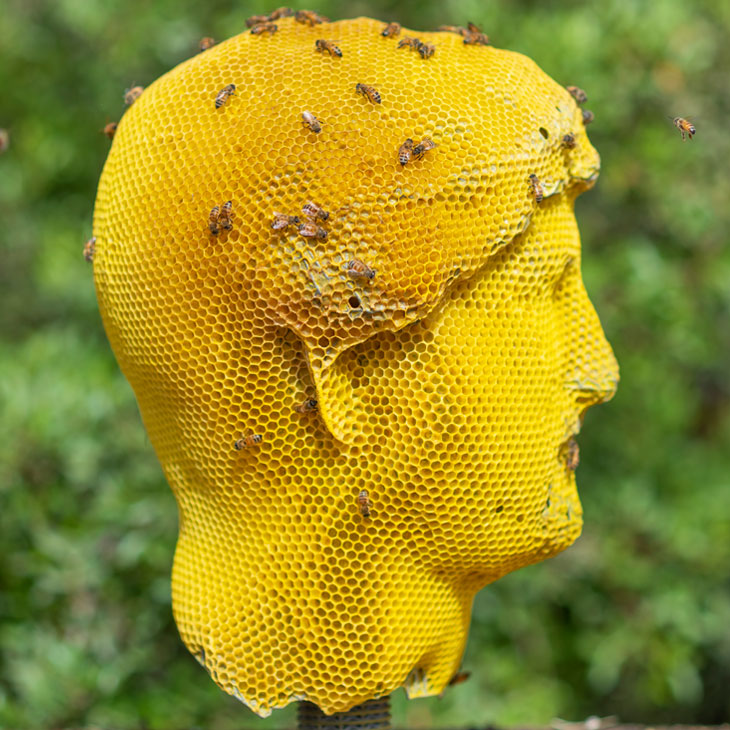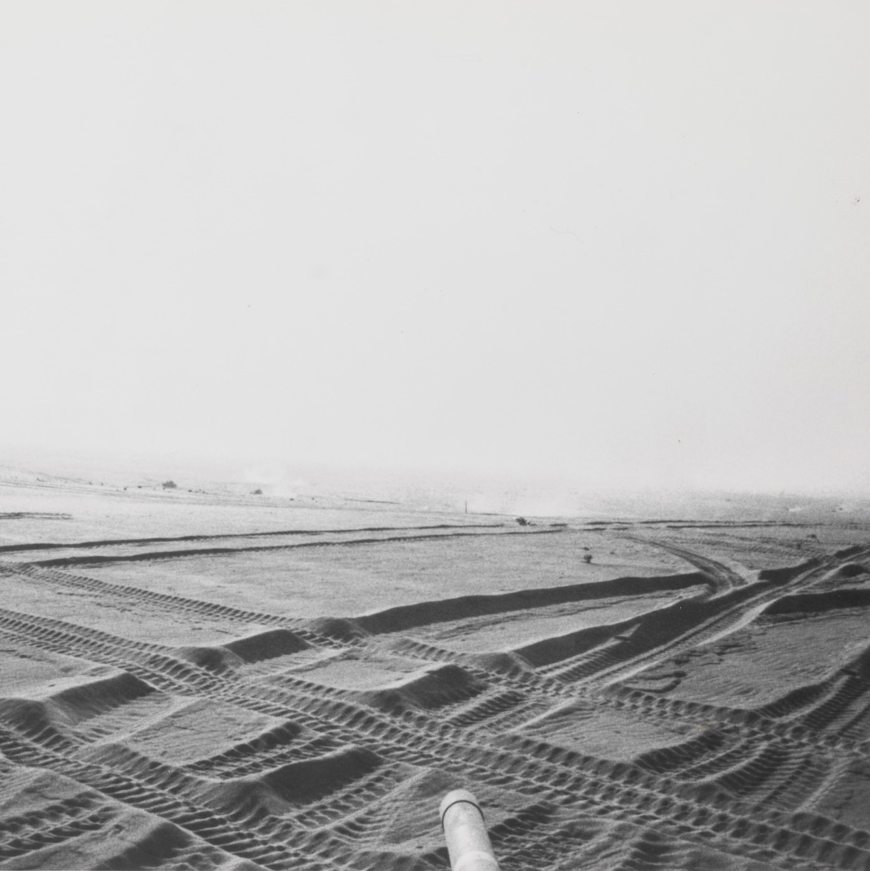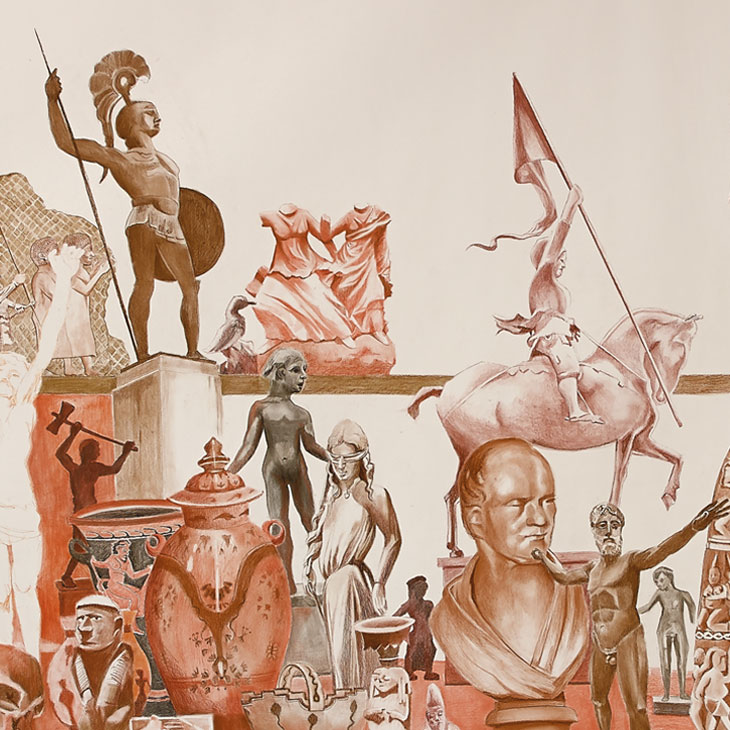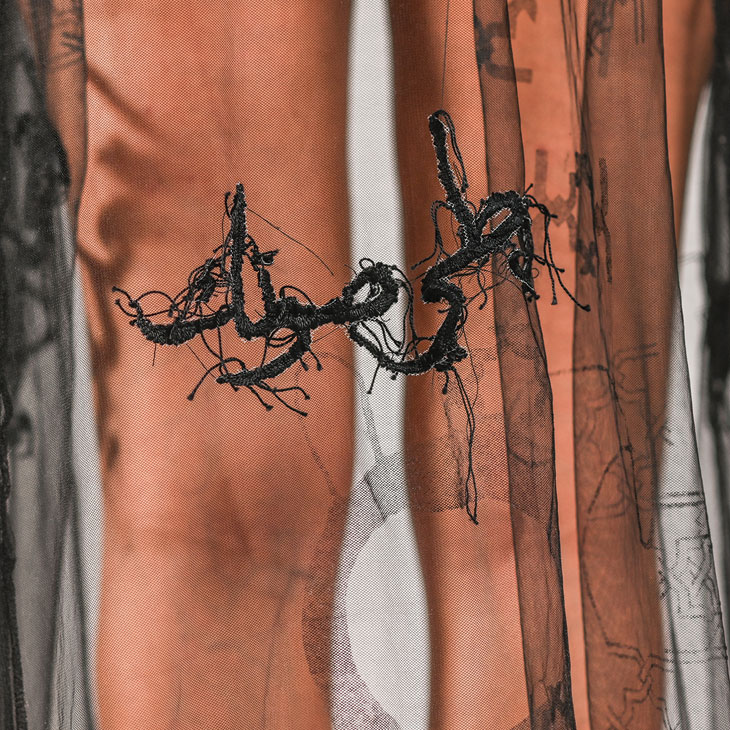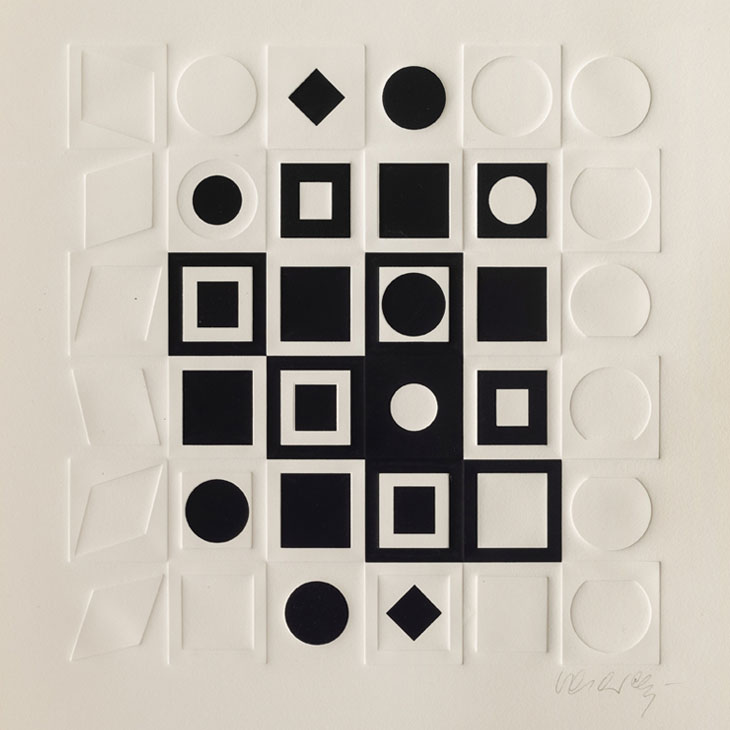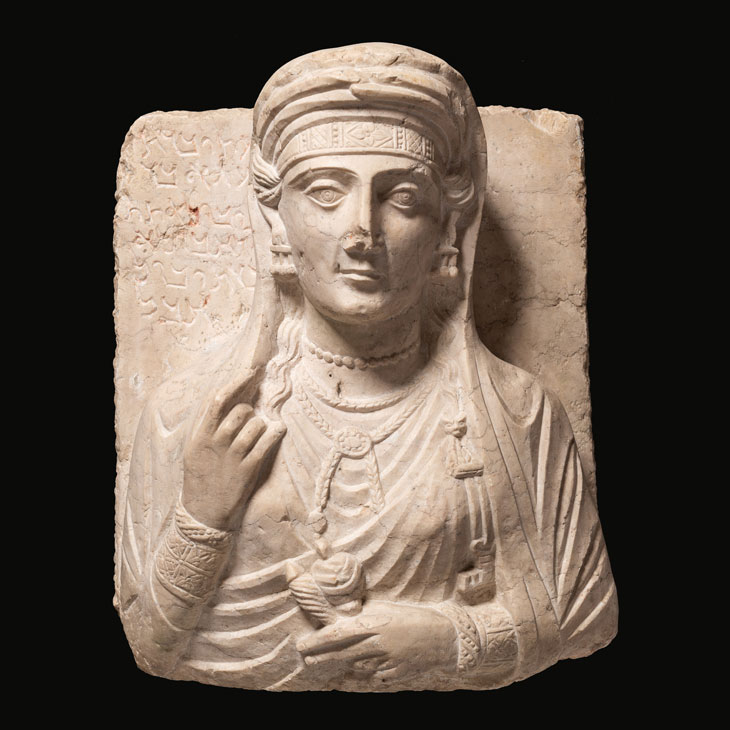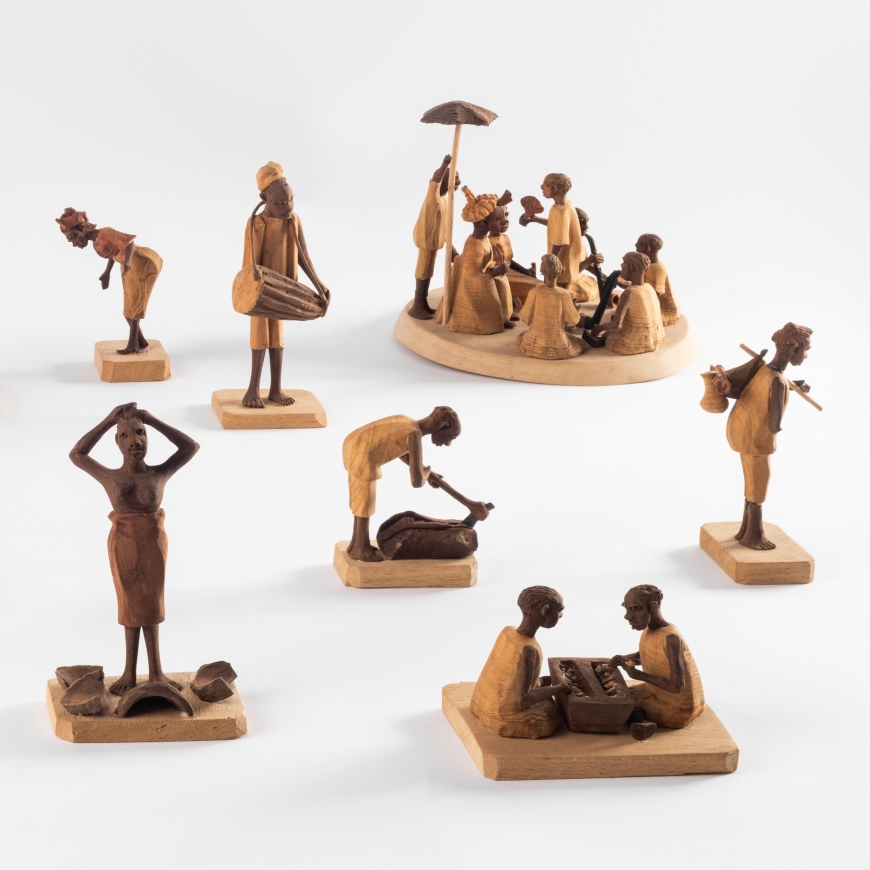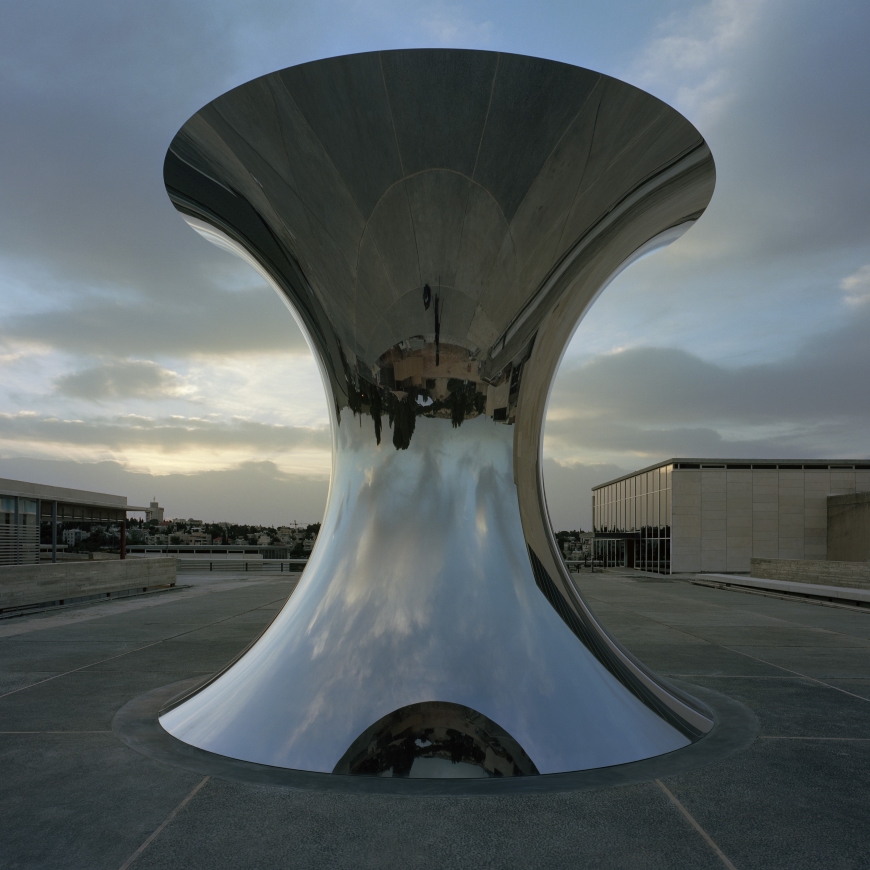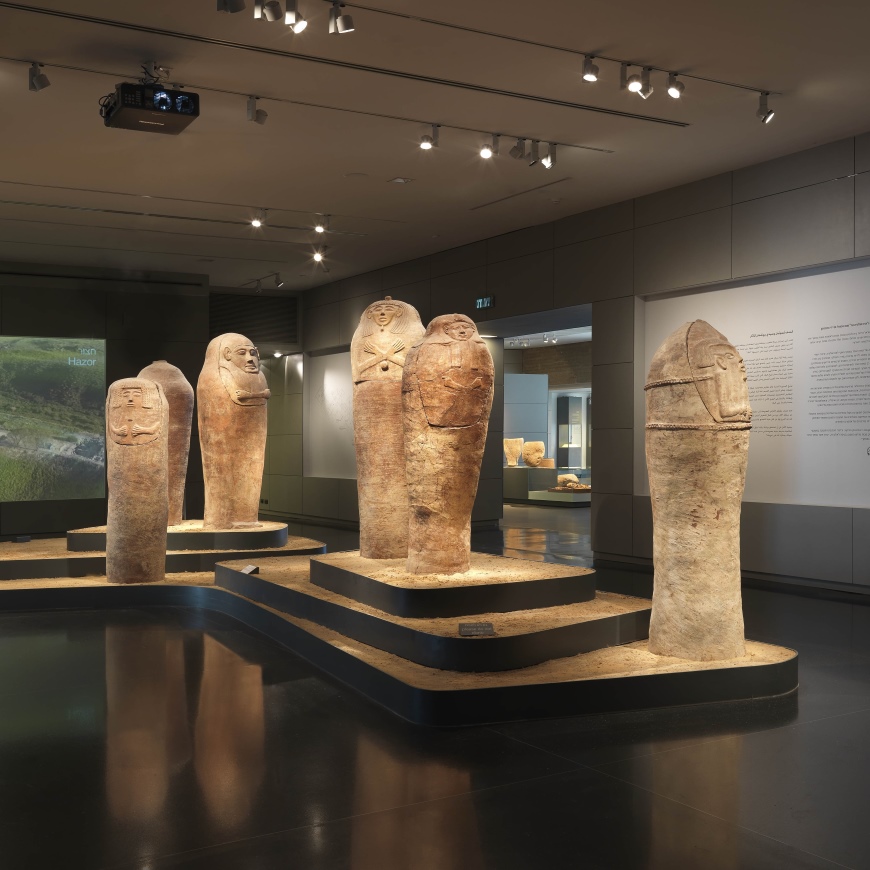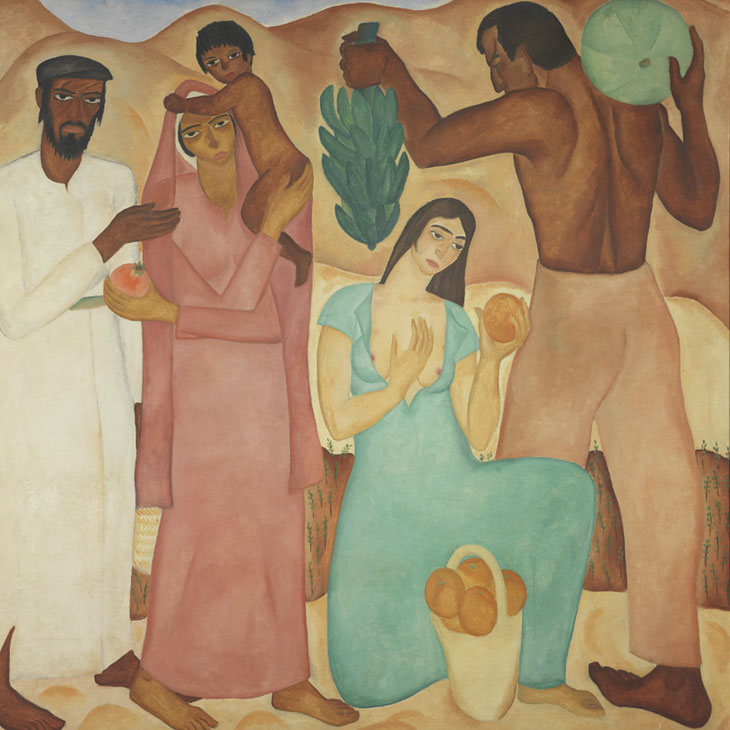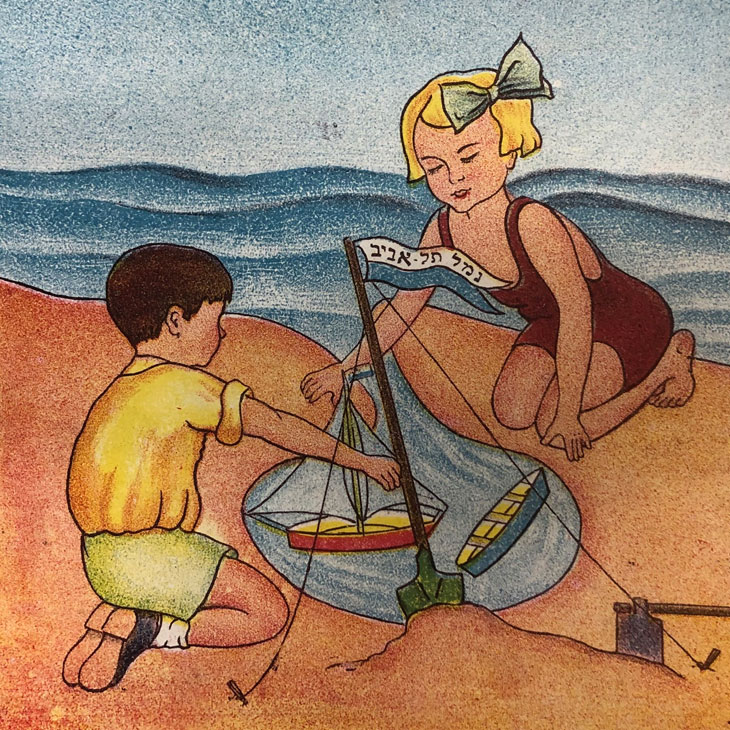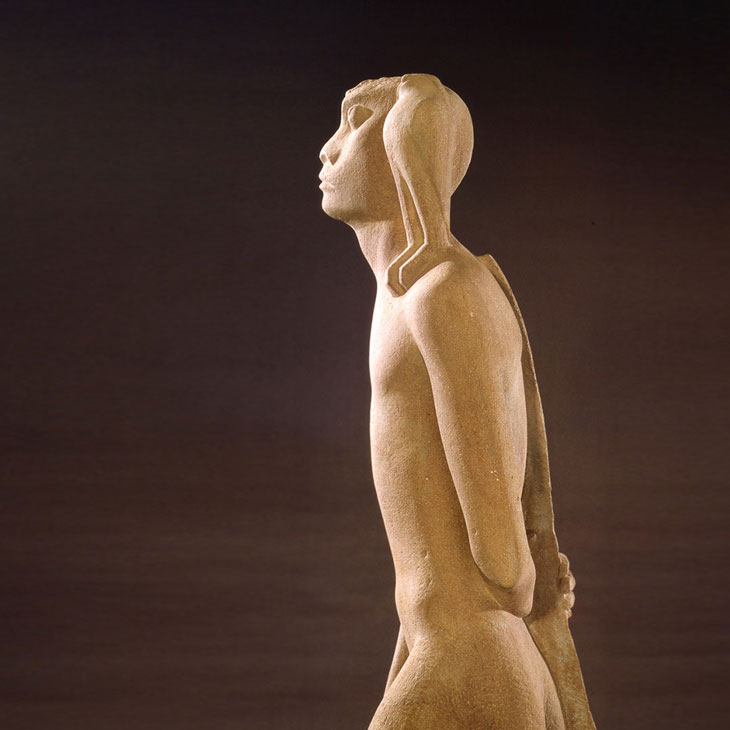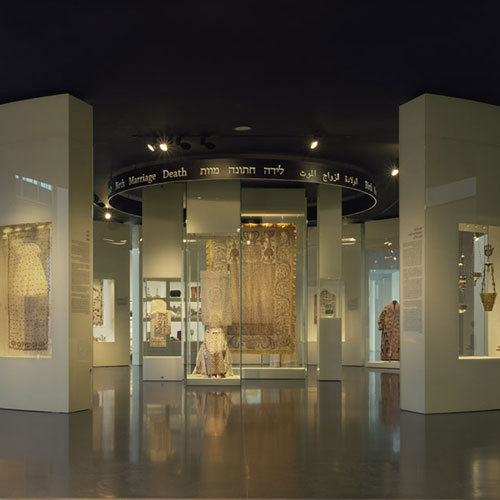
Polynesian Ivories
-
January 1 2004 - July 31 2004
Curator(s): Dorit Shafir
-
A Tonga goddess figure, a Marquesas Islands tiki amulet, Hawaiian wrist ornaments, and Maori ceremonial clubs from New Zealand these rare and valuable ivory objects, dating from the late 18th early 19th centuries, had recently been donated to the Department of the Arts of Africa, Oceania, and the Americas. In the Polynesian Islands, ivory objects were signs of prestige and status. Whale teeth were associated with divine powers from the sea, and were used to secure strategic alliances. Nevertheless, the Islanders did not hunt whales, but rather depended for supplies of ivory on the chance stranding of a whale on the shore. Only in the late 18th century did European whalers and traders begin to import ivory to the Islands.
MORE EXHIBITIONS
More Events
- May 14
- Apr 18May 02May 06May 09May 16May 20May 23May 27May 30
- Apr 18May 02May 09May 16May 23May 30
- Apr 18May 02May 09May 16May 23May 30
- Apr 18May 02May 09May 16May 23May 30
- Apr 16Apr 18Apr 30May 02May 09May 16May 23May 30
- May 02May 06May 09May 16May 20May 23May 27May 30
- May 09May 16May 23May 30
- Apr 19Apr 20Apr 27May 03May 04May 07May 10May 11May 17May 18May 21May 24May 25May 28May 31
- May 06May 20May 27
- May 21
- Mar 12May 21
